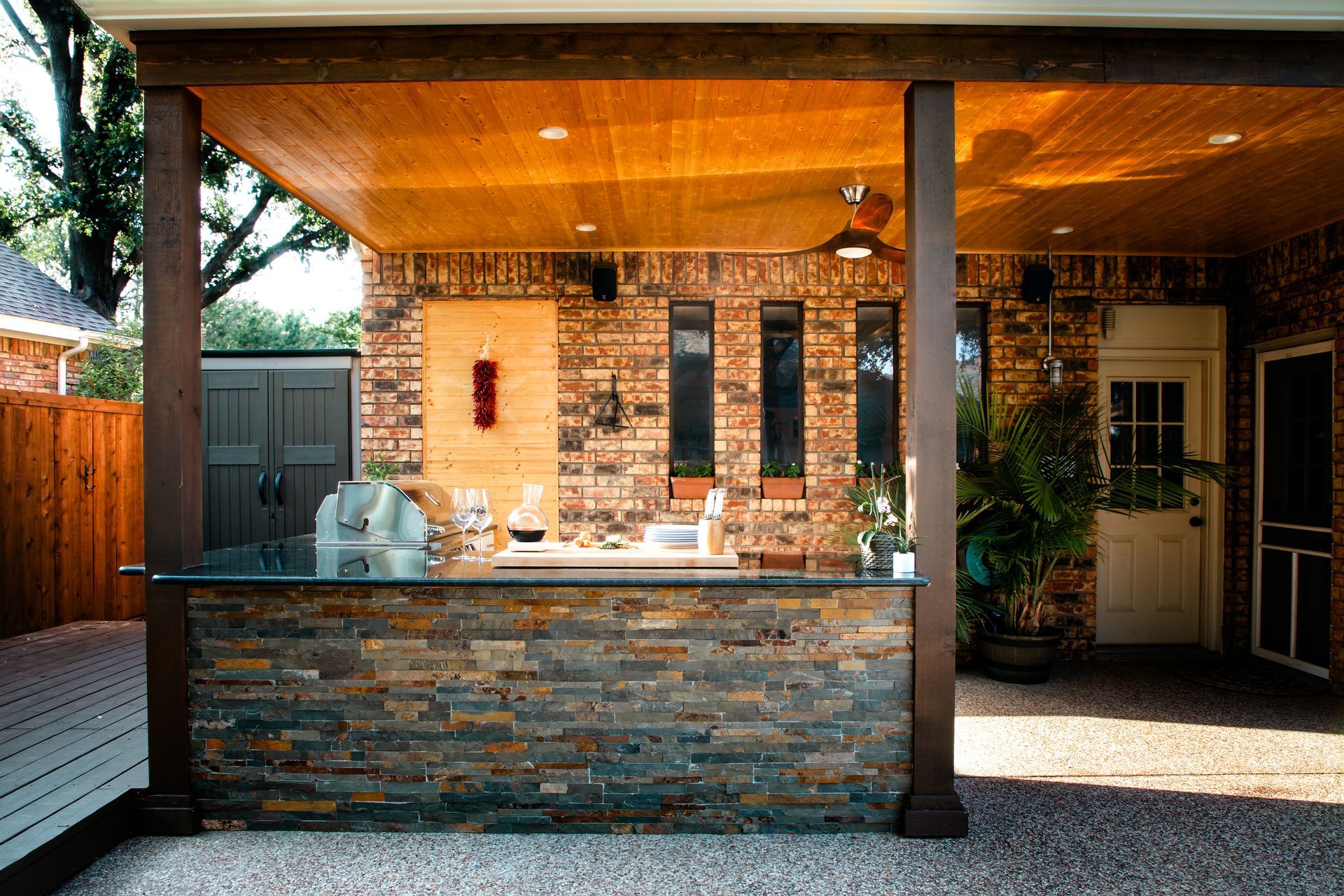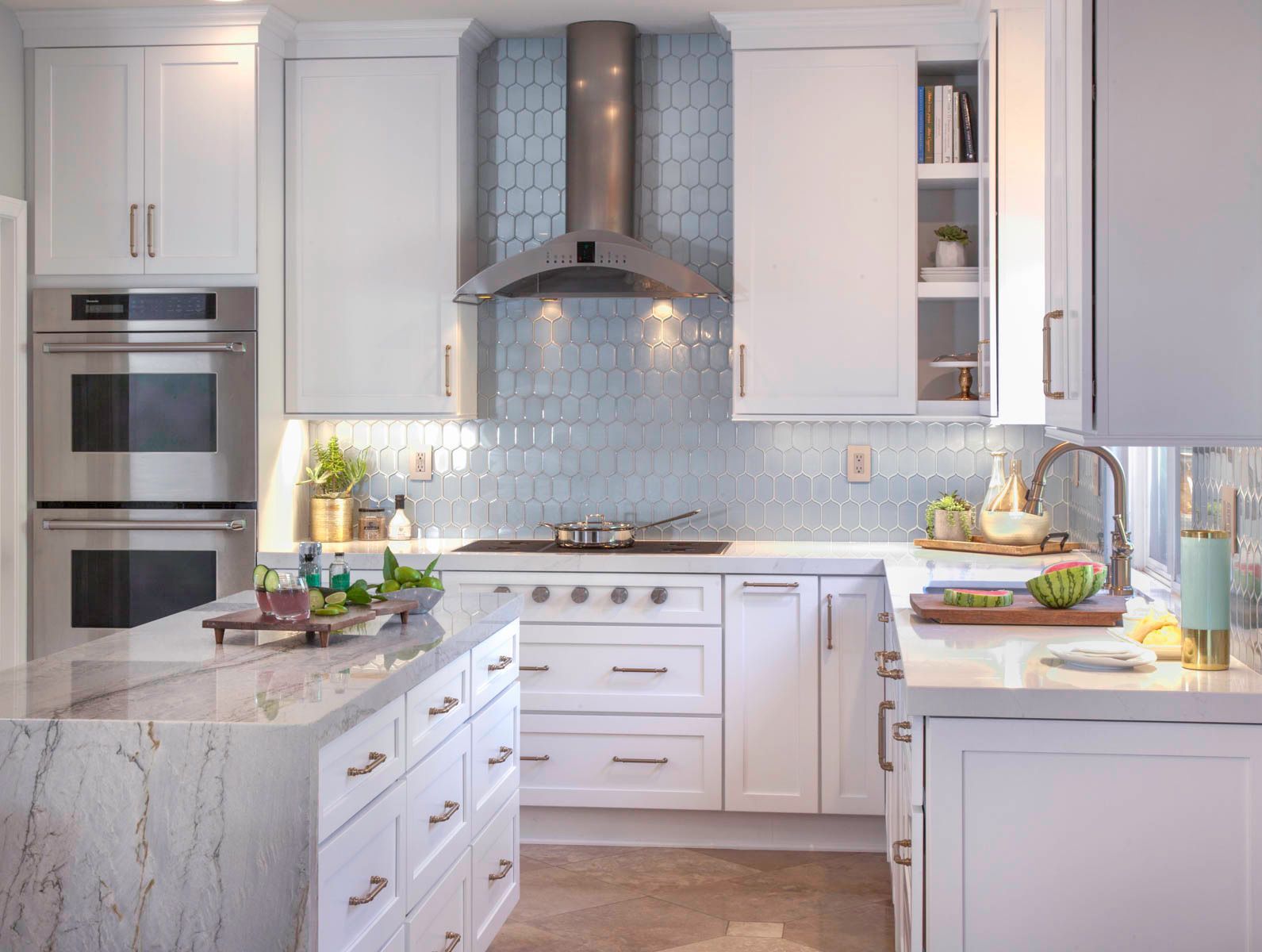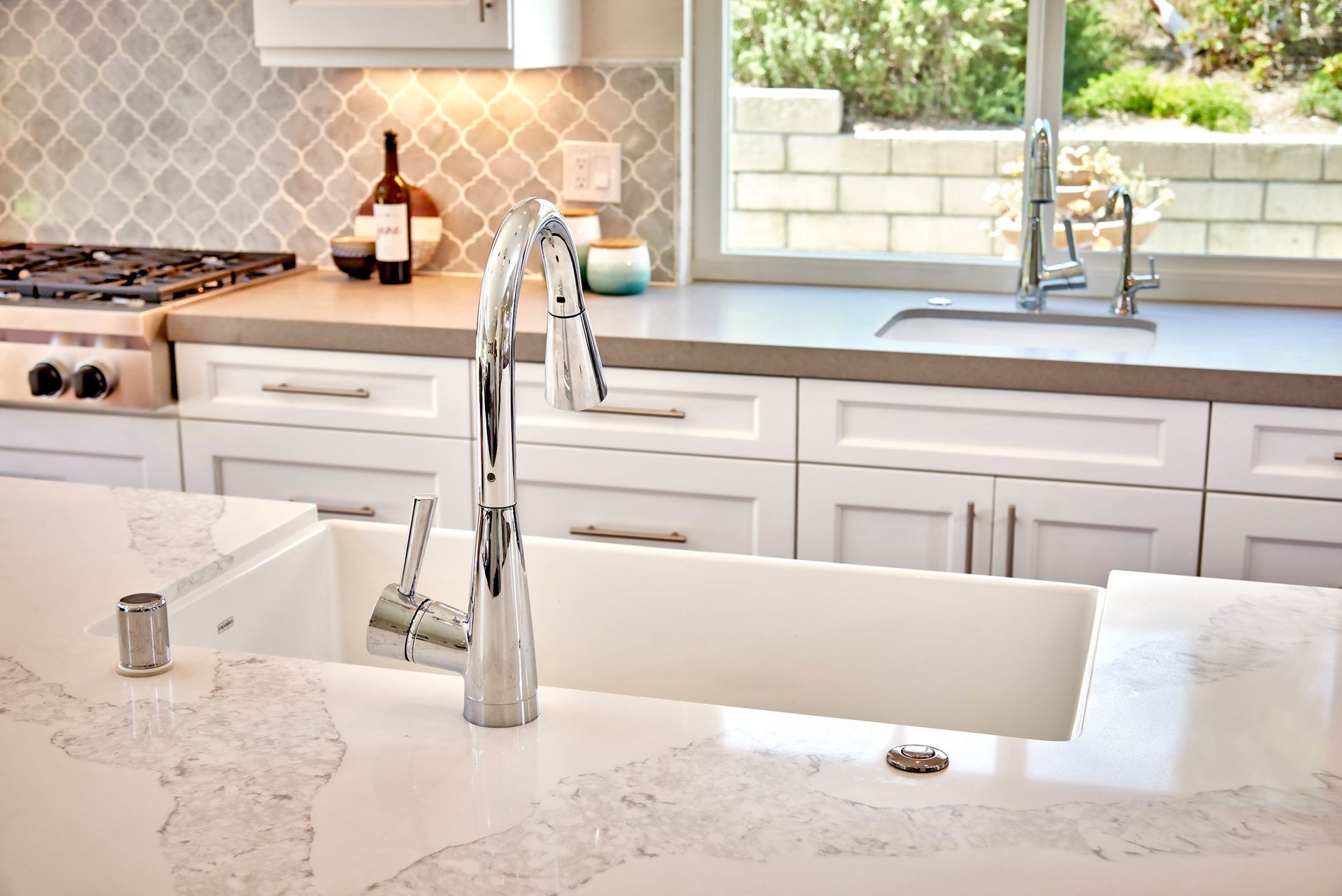Maintaining the Beauty: Care and Cleaning Tips for Your Stone Surfaces
Stone surfaces, from granite countertops to marble vanities, add a touch of natural elegance to any home. However, their beauty and longevity depend significantly on proper care and maintenance. Here’s a comprehensive guide on how to keep your stone surfaces looking their best for years to come.
Understanding Your Stone
Before diving into maintenance, it’s important to identify the type of stone you have. Natural stone can be broadly categorized into two types: calcareous stones like marble and limestone, which are sensitive to acidic substances, and siliceous stones like granite and quartzite, which are more durable and acid-resistant. Knowing your stone type will dictate the care and products you should use.
Daily Cleaning Practices
For All Stone Types:
- Wipe Spills Immediately: Whether it’s wine on marble or coffee on granite, prompt cleaning can prevent stains and etching. Use a soft cloth or paper towel to blot spills gently.
- Use Mild Detergent: Avoid harsh chemicals. A few drops of mild dish soap mixed with water are sufficient for daily cleaning. Apply with a soft sponge or cloth.
- Dry Thoroughly: After washing, always dry the surface with a soft cloth to prevent streaks and water spots.
For Calcareous Stone:
- Avoid Acidic Cleaners: Vinegar, lemon juice, and other acidic cleaners can etch marble and limestone. Stick to pH-neutral substances.
For Siliceous Stone:
- Mild Bleach Solution for Stains: For tough stains on granite or slate, you can use a solution of water and a small amount of bleach, but always rinse thoroughly and dry.
Dealing with Stains and Etches
For Organic Stains:
- Poultice Application:
Mix baking soda with water to form a paste, apply to the stain, cover with plastic wrap, and leave overnight. Remove with a soft cloth and rinse.
For Oil-Based Stains:
- Cornstarch for Fresh Stains: Sprinkle cornstarch on fresh oil stains and leave for 10-15 minutes. Brush away and then clean with a mild detergent.
For Etches on Calcareous Stone:
- Professional Re-polishing: DIY remedies for etches can be tricky and ineffective. It is often best to hire a professional to repolish and restore etched marble or limestone.
Periodic Maintenance
- Sealing: Depending on the porosity of your stone, sealing may be necessary to protect against stains. Granite typically requires sealing every 1-2 years, while denser stones like quartzite may need less frequent sealing. Always use a sealant recommended for your specific stone type.
- Deep Cleaning: Schedule a yearly deep cleaning with a stone-safe cleaner to remove accumulated grime and sealant residue.
Preventative Measures
- Use Trivets and Coasters: Protect your stone surfaces from heat and moisture by using trivets under hot dishes and coasters under beverages.
- Avoid Chopping Directly on Stone: Use cutting boards to prevent scratches and chips on your countertops.
- Felt Pads on Furniture: Use felt pads under furniture legs on stone flooring to prevent scratches when moving items.
Following these care and cleaning tips, your stone surfaces can remain pristine and functional for years. Regular maintenance not only preserves the beauty of the stone but also protects your investment, ensuring that your home continues to showcase its natural elegance. Whether it’s your kitchen countertop or your bathroom vanity, a little attention goes a long way in maintaining the beauty of stone.










